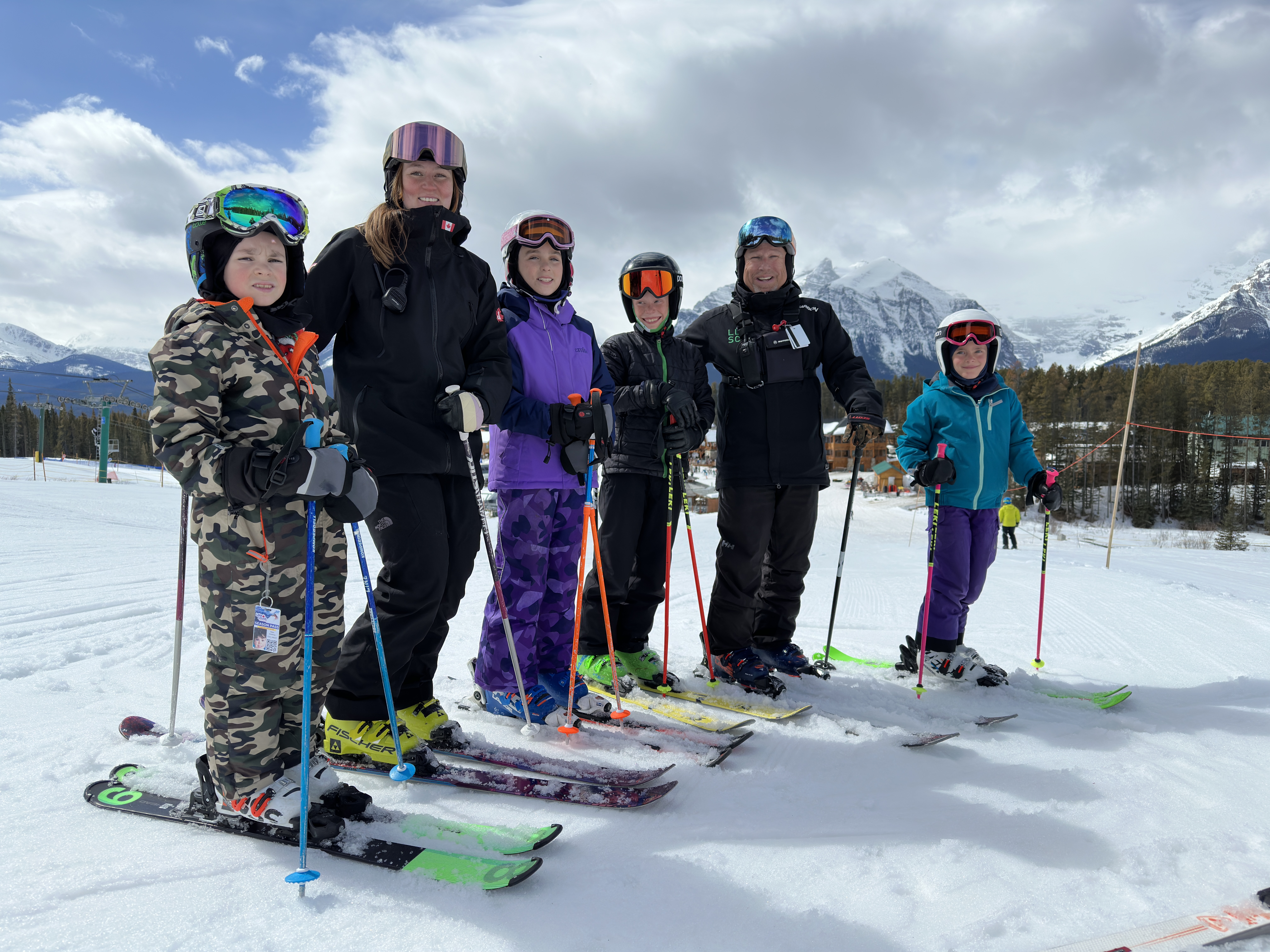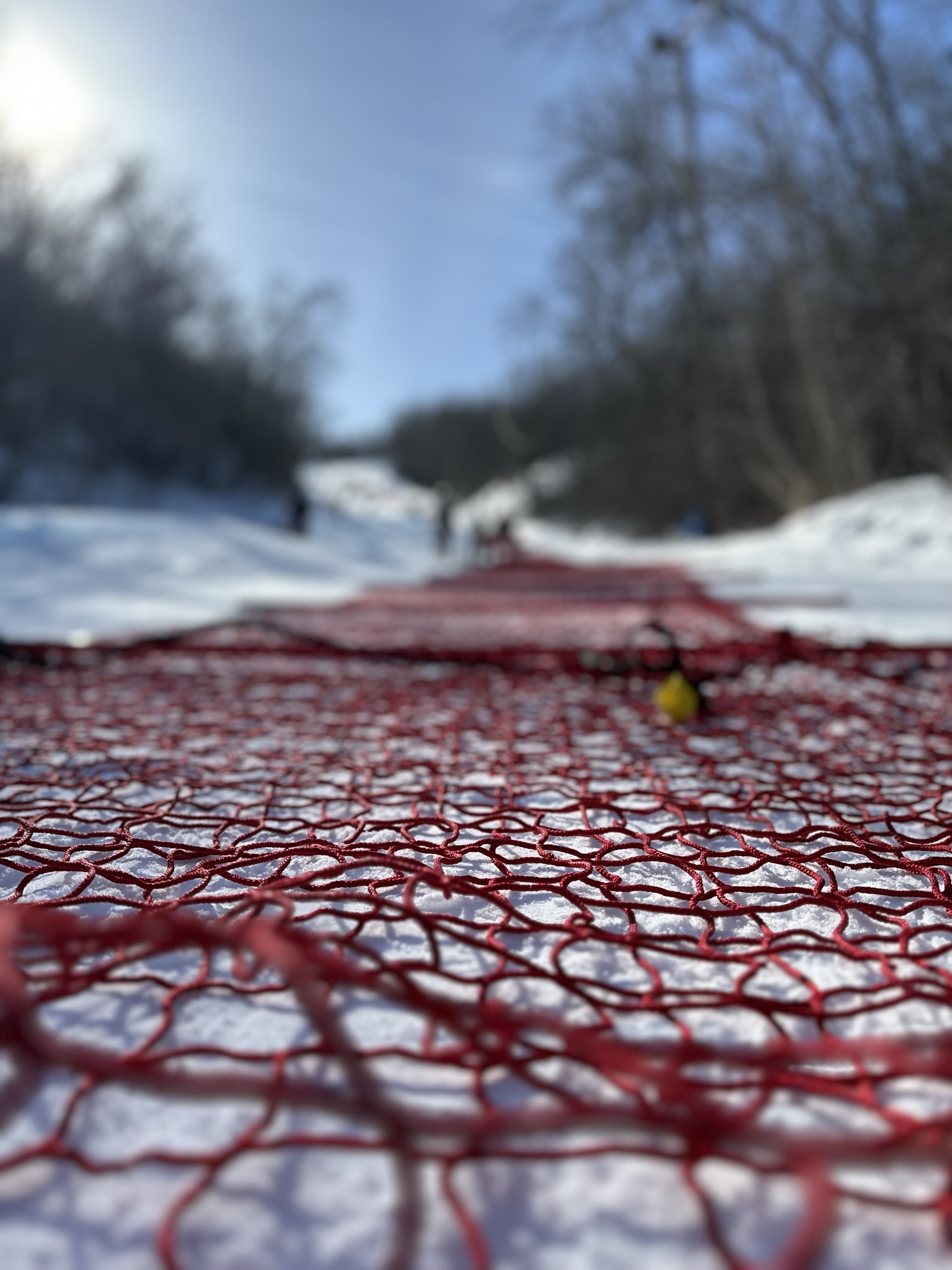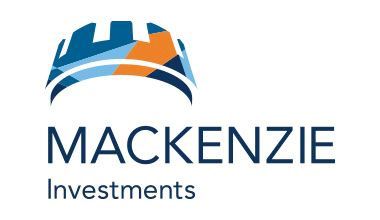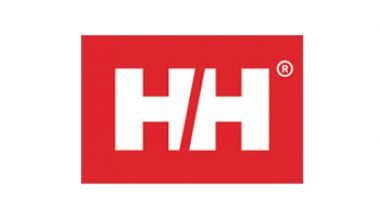Snow Stars
Snow Stars is a five-step skill development guide providing coaches with an assessment tool for alpine, ski cross, and para-alpine skiers. Originally created in 2001, the success of this program is built on its role as an accessible education and planning guide for Canadian ski coaches and families.

SNOW STARS OVERVIEW
Snow Stars is a five-step skill development tool for young skiers which guides the child, coach, and parent through a progression aligned with proper long-term athlete development.Optimal skill development takes place primarily between the ages of five to twelve years of age. For this reason, the program is aimed at young skiers from the Gliding Start, Skier Essentials and to the Learn to Train stages. The Snow Stars program is meant to provide ski clubs and coaches guidance through the foundational years where the development of proper skiing skill execution on demand is critical to future success.
The vision of Snow Stars is to provide a solid foundation and knowledge base upon which to build a skier's athletic abilities in the physical, technical, tactical and mental domains.
Snow stars encourage the development of skiers and ski racers of all skill levels by discovering the joy of skiing, skill competence, competition, and excellence in a fun and rewarding environment.
Enthusiastic, well-prepared coaches and participants play an integral role in the success of the Snow Stars program.
Parent's Role
Encouraging and supporting constant activity in sports is one of the most critical gifts you can provide for your young skier.
Ski club programs are typically scheduled to run training on-snow during the winter in the Gilding Start, Skier Essentials and Learn to Train stages.
Without the involvement of daily physical activity through participation in complementary sports and free play year-round, a significant physical literacy development opportunity is lost resulting in the inability of the young skier to reach their full potential.Parents are the key source of support and encouragement for a young Snow Star. From the moment of registration to their final graduation from the program, you can follow along with your skier's achievements.
Understanding the principles of Snow Stars and long-term athlete development will enhance your knowledge and communication with your young skier's coach and ski club program.
Coaches' Role
Coaches play a critical role during the Gliding Start, Skier Essentials and Learn to Train development stages, world-class athletes and all around sports people in our society would not exist had they not been fortunate enough to have optimal preparation during their childhood.
Enthusiastic, well-prepared coaches and participants play an integral role in the success of the Snow Stars program. Combining coaching creativity with the resources presented here in the ACA LTAD you can develop a skier's fundamental movement and skiing skills using the Snow Stars programming.
Effective coaches will create a safe learning environment and allow young skiers to learn through guided self-discovery. Coaches should use a variety of coaching methods to accommodate the various learning styles of the children. A coach will guide their skiers through a skill progression to make skiing skills easier to acquire. Coaches also act observers who provide timely questions and feedback to their skiers to match their learning style.Review the Snow Stars skill progression with your ski club peers and head coach. Use the Snow Stars progressions to help you plan your season and to identify the skills you want to develop for the current season. Without a plan, it will be difficult to measure and manage a progression to ensure you are meeting or exceeding your goals.
Program Directors, head coaches, and coaches should work in partnership with their respective resorts to ensure you have the proper training and evaluation on-snow environment. Skill evaluation events are planned well ahead of time; young skiers should be evaluated two to three times per year. Working together with another nearby club helps to promote a festival environment.
The club programs should promote the concept of physical literacy as the cornerstone of athletic development in any sport.
Freeskiing as many miles as possible is the simplest and most effective method to encourage skill development at the entry level.
Skill Development is enhanced by:
- Free skiing for many miles, in all conditions, both supervised and unsupervised is a critical element to develop strong skiing skills.
- The skillful course setting of specific environments to enhance a particular skill.
- The use of brushes, stubbies, and gates for markers, creates a reaction from the skier.
- A child's knowledge of sport specific skills.
- The use of mental training techniques.
- Employing a variety of coaching intervention methods based on learning styles.
- A well-planned training program with specific goals and objectives.
- Terrain selection to enhance skill acquisition.
- Terrain selection to challenge the skier.
- Training giant slalom.
- Training slalom in brushes and stubbies and progressing to taller gates when appropriate.
- Training in a variety of conditions through a variety of terrain including some terrain park features.
- A skier's form follows the function of his/her action.
- Coaching the performance of a movement versus coaching the look of a move.
Proper skill development is a result of all performance factors working well together.
Gate skiing comes with time!
Before the introduction of the gate training environment, the coach observes the skiers "perceiving" and "patterning" line and turn shape in the free ski environment.
Successful progression to gate training is ENSURED by sequencing:
- Technical freeskiing
- Games and exercises in gates (obstacle courses, over/under)
- Drill courses - constant rhythm to arhythmical
- Gate training
- Competition
Effective training plans consider:
- Enjoyment of the skier
- Looking ahead
- Line
- Turn shape
- Rhythm
Benchmarking the Skills of Your Skiers
Coaches must be competent in assessing the skill development level of their skiers to know when to progress a skier onto more challenging tasks. The following terms explain the stages of skill development that a young skier will proceed through when learning new skills. This progression assists coaches in determining where their skiers are on the skill development continuum.
| Initiation |
|
|---|---|
| Acquisition |
|
| Consolidation |
|
| Refinement |
|
| Creative Variation |
|
| Bronze | Silver | Gold | |
|---|---|---|---|
| Level 1 | Initiation | Acquisition | Refinement |
| Level 2 | Acquisition | Consolidation | Refinement |
| Level 3 | Acquisition | Consolidation | Refinement |
| Level 4 | Acquisition | Consolidation | Refinement |
| Level 5 | Acquisition | Consolidation | Refinement |
HOW IT WORKS
When young skiers are ready to be evaluated, creating the optimal assessment conditions to promote a high level of skier engagement is simple by following the suggested pre-planning and assessment day tips.
Planning the Assessment
- Let the skiers and their parents the date you plan on doing the skill assessment, the weekend before is a reasonable notification timeframe.
- Tell the skiers about any specific equipment needed for the assessment day.
- When performing a drill or a skill that is in the assessment, let your skiers know that this is a skill they will eventually be evaluated on.
- Print your assessment scorecards ahead of time. Only one scorecard per skier per season is needed to record the scores of an early, mid and end of season evaluation.
- If the assessment is the end of year evaluation, print the certificates ahead of time. Young skiers love knowing their results immediately.
- Use a pencil to mark and have a couple of spares available.
Assessment day
- Are the conditions optimal to conduct the evaluation? (weather, snow conditions, skiers on the mountain, etc.?)
- If conditions are optimal, proceed to next step. If snow conditions and weather are going to affect results negatively, please select another day.
- Make sure you select the appropriate terrain to do your evaluation
- Let your skiers know the plan for assessment, including which run, how long it will take, when you break, etc..
- Inform your skiers about the skills they are being evaluated on. Are they drills that they have done before? If yes, this will help to reduce the stress level of the skier.
- Once you have started your assessment, keep the skier's waiting time to a minimum, keep them skiing.
- Review results on the chairlift or during regular break periods.
- Don't be afraid to repeat skill if you feel that your skier’s first attempt wasn't at their usual level of performance.
TIPS for a successful assessment day:
- Seek high level of proficiency when assessing.
- Don't be in a rush to move to a different task.
- Use good demonstrations, for example, another coach, peer or video).
- Promote a "feeling" for the snow surface.
- Discourage robotic, stiff skiing.
At each level, assess the athlete's overall form of skiing. From the Level 1, controlled skier to the level 5 versatile skier, you will be able to see if the skier is confidently carving linked turns with speed and consistency. Always look for fluid movements and a relaxed attitude on the skis.
While assessing your skiers, these words should come to mind:
- Fluidity
- Flowing
- Rhythm
- Musical
- Dance
- Orchestration
- Linking
- Relaxed
- Easy
- Soft
- Light
LEVEL 1 – THE CONTROLLED SKIER
SKILL LEVEL ATTRIBUTES
- Safety
- Control
- Experimentation of vertical movement
- Intro to mountain awareness
- Psychological skills
- Intro to competitive spirit
Snow Stars Level 1 Skill Worksheet
BENCHMARK
Watch the full drills and skills playlist here.
Rocking forward backward traverse
25 turns around obstacles lifting inside ski
Under 25 obstacles all joints
Green run under control natural balance
Stop on command visual audible cues
Choice stopping styles
Involved decision making
4m vd 1m os
4m vd flush
Ankle rebound jumps
Snowplow bumps
Straight line duals
LEVEL 2 – THE PARALLEL SKIER
SKILL LEVEL ATTRIBUTES
- Introduction to Turning
- Experimentation of fore-aft movement
- Maintain vertical movement
- Intro to lower leg joint mobility
- Vertical explosiveness
- Psychological skills
- Intro to competitive spirit
Snow Stars Level 2 Skill Worksheet
BENCHMARK
Watch the full drills and skills playlist here.
Pure line traverse
Wobbly lower legs
Edge sets traverse
Under bridge jump
Parallel skiing vertical movement
2 arm actions 2 leg actions
Coach signals stop
Responds cues coach
Brushes 2m vd 2m os
Tuck position
Tight direction changes
Straight flush 2m vd
Hockey stop
Downhill lateral hops
Different types terrain
LEVEL 3 – THE MOBILE SKIER
SKILL LEVEL ATTRIBUTES
- Introduction to Turning and Carving Skills
- Maintaining fore-aft movement
- Intro to lateral movement
- Introduction of pole plant
- Psychological skills,
- Competitive spirit
Snow Stars Level 3 Skill Worksheet
BENCHMARK
Watch the full drills and skills playlist here.
Corridor sliding
180 switches
30 speiss
Free run carving
Short turns bumps
Course splits
Split course coach signals
Flush 1 5m vd
Flush 4m vd 2m os 1
Tuck position in motion
Timed round trip skate
Straddle brush dual
1000 steps
LEVEL 4 – THE DYNAMIC SKIER
SKILL LEVEL ATTRIBUTES
- Maintaining turning and carving skills
- Maintaining lateral movement
- Pole plant timing
- Lateral explosiveness
- Linear quickness of feet
- Competitive spirit
BENCHMARK
Watch the full drills and skills playlist here.
Syncro behind one leader
Short turns javelin
Fast braquage
One leg speiss
Short turns maintaining speed black terrain
Short turns maintaining speed black terrain
Straight flush 1m vd
Long gates 4m vd 3m os
GS gates blue terrain 8m vd 6m os
Blue terrain adding maintaining speed
Downhill stop
Figure 8 skating
Bump free skiing no poles
1 ski duals tight brushes
Bump free skiing blue terrain pole plant top bump
LEVEL 5 – THE VERSATILE SKIER
SKILL LEVEL ATTRIBUTES
- Experimentation in all planes
- Maintaining pole plant
- Timing, coordination, rhythm
- Rotational stability
- Intro to race disciplines
- Competitive spirit
BENCHMARK


.jpg)


